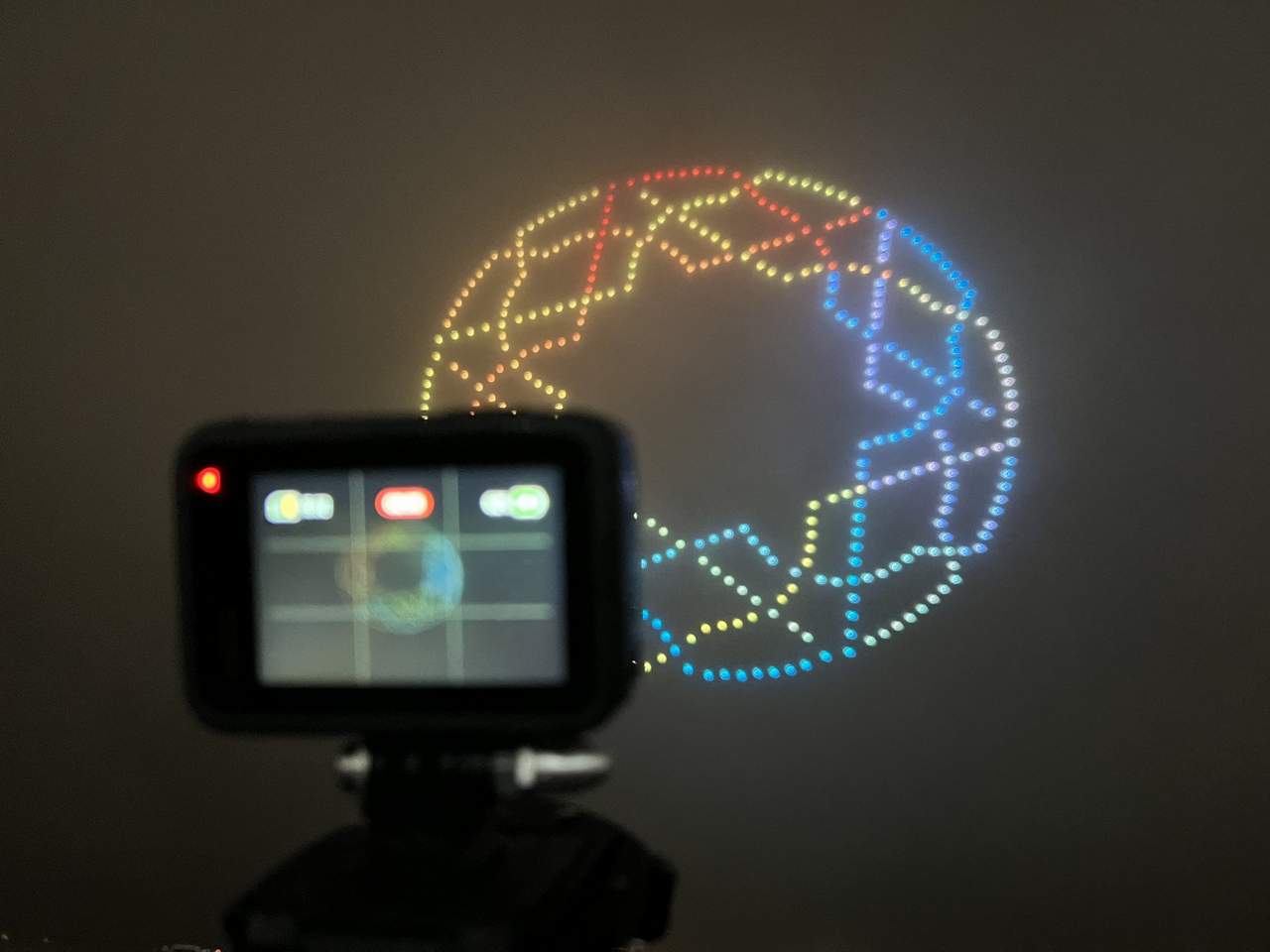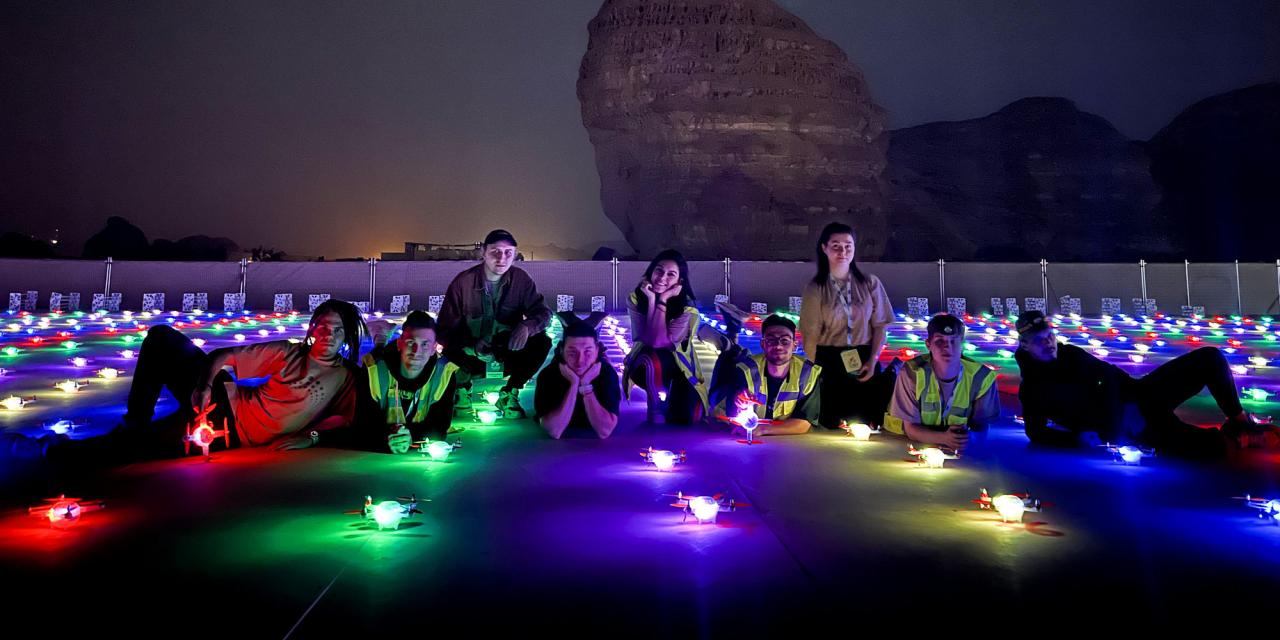Drone show accidents, while relatively rare, highlight the complexities and risks involved in this increasingly popular form of entertainment. From minor malfunctions to catastrophic crashes, these incidents underscore the need for robust safety protocols, advanced technology, and highly skilled operators. This guide explores the various causes of drone show accidents, examines existing safety regulations, and proposes strategies for mitigating future risks.
We’ll delve into the technical aspects, including hardware and software failures, communication issues, and the limitations of current drone technology. Human error, a significant contributing factor, will be analyzed, along with strategies to improve operator training and risk assessment. We’ll also examine notable case studies, highlighting lessons learned and their impact on industry practices. Ultimately, this guide aims to provide a clearer understanding of the challenges and opportunities in ensuring safe and spectacular drone shows.
Drone Show Accidents: A Comprehensive Overview
Drone shows, while visually stunning, carry inherent risks. Understanding the various types of accidents, contributing factors, and mitigation strategies is crucial for ensuring the safety of both operators and spectators. This article provides a detailed analysis of drone show accidents, focusing on their causes, prevention, and future improvements.
Drone show accidents, sadly, happen. Proper planning and reliable equipment are key to avoiding them. For instance, you might consider using high-quality drones like those from sky elements drones , known for their robust build and advanced flight control systems. This can significantly reduce the risk of malfunctions during a performance and prevent a drone show accident from occurring.
Types of Drone Show Accidents

Drone show accidents can range from minor malfunctions to catastrophic crashes. Common causes include software glitches, hardware failures, GPS signal loss, and pilot error. Accidents are categorized by severity: minor malfunctions (e.g., a single drone losing control but not crashing), major crashes (involving multiple drones or significant damage), and incidents causing injuries (to operators, spectators, or property).Consider a scenario where a sudden power surge affects several drones mid-flight, causing them to fall uncontrollably into a nearby crowd.
This illustrates a major crash with potential injuries, significantly influenced by both environmental factors (the power surge) and technical failures (simultaneous drone malfunctions). Another example might be a single drone experiencing a GPS failure, causing it to drift off course but ultimately landing safely in an unpopulated area – a minor malfunction.
| Accident Type | Frequency | Contributing Factors | Safety Measures |
|---|---|---|---|
| Minor Malfunctions | High (estimated 70%) | Software glitches, minor hardware issues, pilot error | Redundant systems, rigorous pre-flight checks, operator training |
| Major Crashes | Moderate (estimated 20%) | System-wide failures, environmental factors (e.g., strong winds), pilot error | Weather monitoring, robust communication systems, emergency protocols |
| Injuries | Low (estimated 10%) | Major crashes, failure to adhere to safety protocols | Strict safety zones, crowd control, emergency response planning |
Safety Regulations and Protocols
International and national regulations governing drone shows vary, but generally include licensing requirements for operators, airspace restrictions, and mandatory safety protocols. The effectiveness of these frameworks differs, with some countries having stricter regulations than others. Effective regulation often correlates with a lower accident rate.Best practices for drone show operators include thorough pre-flight checks, detailed flight planning considering environmental conditions, and established emergency procedures.
- Complete pre-flight inspection of all drones.
- Verify GPS signal strength and accuracy.
- Check battery levels and health.
- Review flight plan and identify potential hazards.
- Establish communication protocols with the ground crew.
- Develop and rehearse emergency procedures.
Technological Factors Contributing to Accidents

Drones, despite advancements, have technological limitations that can contribute to accidents. Software glitches, hardware malfunctions (such as motor failures or GPS sensor issues), and communication disruptions (e.g., radio interference) are common culprits. Different drone models possess varying safety features, affecting their overall reliability.
| Drone Model | Safety Features | Reported Accidents | Reliability Score (hypothetical) |
|---|---|---|---|
| Model A | Redundant systems, fail-safe mechanisms | Low | 9.2 |
| Model B | Basic safety features | Moderate | 7.5 |
| Model C | Advanced obstacle avoidance, GPS redundancy | Low | 9.5 |
Human Error and its Impact
Human error is a significant factor in many drone show accidents. This includes pilot error (e.g., improper handling, inadequate response to emergencies), poor planning (failing to account for weather conditions or potential hazards), and inadequate training. For example, a pilot’s failure to properly calibrate the drone’s GPS before the show could lead to a loss of control and a crash.A comprehensive training program should include thorough risk assessment, emergency response procedures, and accident prevention strategies.
The program should emphasize practical exercises simulating various scenarios, such as system malfunctions and unexpected weather changes.
Mitigation Strategies and Future Improvements
Improving drone show safety involves technological advancements and enhanced operator training. Autonomous flight systems, with advanced obstacle avoidance and fail-safe mechanisms, hold great potential in accident prevention. Real-time monitoring and control systems allow for immediate intervention in case of malfunctions.A step-by-step process for responding to a drone show accident might involve:
- Immediate cessation of the show.
- Assessment of the situation and potential injuries.
- Secure the accident site.
- Contact emergency services.
- Investigate the cause of the accident.
- Implement corrective measures.
Case Studies of Notable Drone Show Accidents
Analyzing past accidents reveals valuable lessons. While specific details of accidents are often kept confidential for legal reasons, examining general trends is possible.
| Accident Date | Location | Cause | Outcome |
|---|---|---|---|
| October 26, 20XX | City A | Software glitch leading to multiple drone failures | Minor property damage, no injuries. |
| December 15, 20XX | City B | Strong winds exceeding operational limits | Several drones crashed, minor injuries to spectators. |
Concluding Remarks

Successfully navigating the risks associated with drone shows requires a multi-pronged approach. By combining stringent safety regulations, advanced technological solutions, rigorous operator training, and a commitment to continuous improvement, we can minimize the likelihood of accidents and ensure the continued growth of this captivating form of entertainment. The lessons learned from past incidents should serve as a constant reminder of the importance of vigilance and proactive safety measures in the ever-evolving world of drone technology.
Drone show accidents, unfortunately, happen. These spectacular displays can go wrong in various ways, from technical malfunctions to pilot error. A recent example highlighting these risks is the orlando drone show accident , which underscores the importance of rigorous safety protocols and regular maintenance checks for all drone shows to prevent similar incidents. Proper planning and execution are crucial for a safe and successful drone show.
Answers to Common Questions: Drone Show Accident
What is the most common cause of drone show accidents?
While varied, pilot error and technical malfunctions (software glitches, hardware failures) frequently contribute to accidents.
Drone show accidents, sadly, are a risk we need to consider. Proper planning and safety protocols are crucial, as seen in the meticulous preparations for events like the orlando drone show , which highlights the importance of comprehensive safety measures. Learning from past mishaps and implementing robust safety checks is key to preventing future drone show accidents.
How are drone shows regulated?
Regulations vary by country but generally cover pilot licensing, pre-flight checks, airspace restrictions, and emergency procedures.
What insurance is needed for drone shows?
Comprehensive liability insurance is crucial to cover potential damages or injuries resulting from accidents.
What is the future of drone show safety?
Autonomous flight systems, improved communication technologies, and enhanced safety features are promising advancements.
